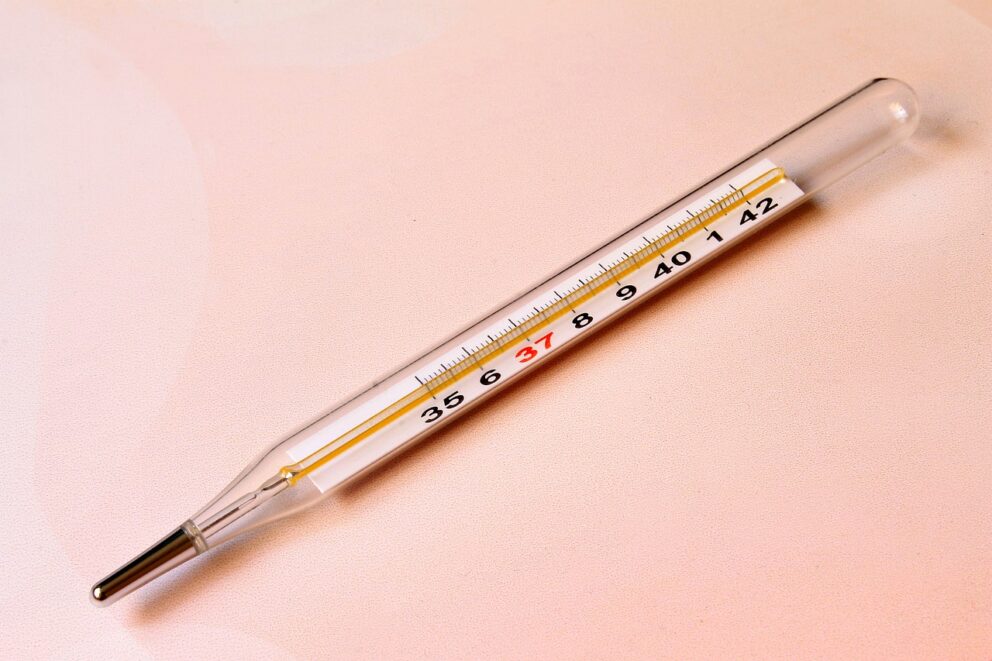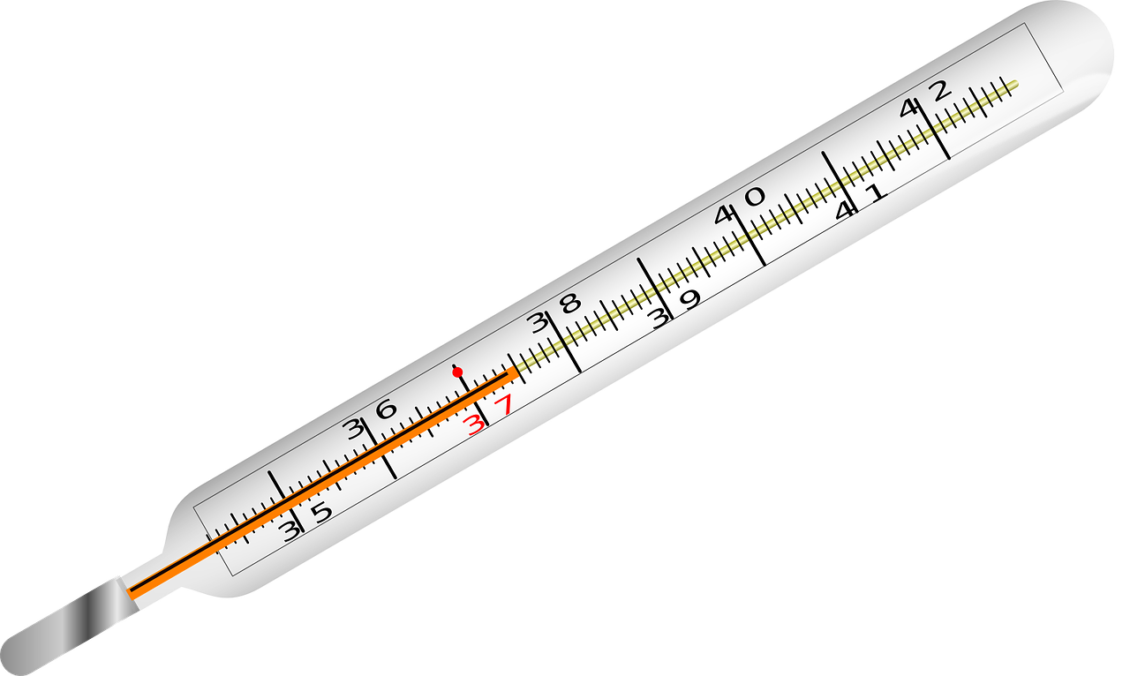
Mercury is a Hazard Class 1 substance and can have toxic effects on the nervous, digestive, and immune systems, as well as on the lungs, kidneys, skin, and eyes. Health authorities consider mercury to be one of the top ten chemicals that pose a significant public health problem. Mercury vapor and soluble compounds are the most poisonous. A typical medical thermometer contains approximately 2 grams of mercury. The maximum allowable concentration (MAC) of mercury vapor for residential, preschool, educational, work premises is 0.0003 mg/m3. Prolonged inhalation of mercury vapor leads to chronic poisoning.

What to do if the mercury thermometer is broken?
Unfortunately, this situation is not very rare. In real conditions (including ventilation) when breaking a medical thermometer in a room of 12-18 square meters the concentration of mercury vapor after a few hours can exceed the MAC in 50-100 times, so do not put it off, start demerkurizatsiya (removal of mercury).
- Open the window in the room, in case of high air temperature, if possible – turn on the air conditioner (mercury evaporates intensively at temperatures above 18⁰С). Close the door so that the polluted air does not enter other rooms.
- Remove other persons, especially children, from the room and limit the access of other people to the room!It is a good idea to inform the Ministry of Emergency Situations.
- Before collecting mercury: wear rubber gloves: the substance must not come into contact with bare skin; to protect feet from contamination – plastic shoe covers or bags; to protect the respiratory system – a cotton-gauze bandage soaked in a solution of soda or soaked in water.
- Collect mercury and all broken parts of the thermometer as carefully as possible in a glass jar with cold water (water in the jar is necessary to prevent mercury evaporation). The collection of mercury droplets should be carried out from the border of the contaminated area to its center. Carefully collect the mercury from all cracks, and if you suspect that the mercury got behind the baseboard or under the floorboards, be sure to remove them and check. If it takes too long to collect the mercury, be sure to take a break every 15 minutes and get some fresh air!
Small balloon droplets can be collected using:
- syringe (rubber bulb)
- tape or plaster
- A syringe with a thick needle (especially helpful for removing from cracks)
- two sheets of paper,
- wet newspaper or wet absorbent cotton,
- clay
- a paint brush.
- After all the mercury is collected, close the jar tightly with a twist-off lid and keep it away from heating appliances. You can use a plastic jar with a tight lid if you don’t have a glass one on hand.
- When mechanical demercurization is complete, the mercury spill site should be chemically demercurized. We can use soap-soda solution (4% soap in 5% soda solution), 0,2% potassium permanganate solution acidified with hydrochloric acid (5 ml of 1.19 W per 1 liter of potassium permanganate solution), 20% bleach lime solution, 2-3% iodine solution in 30% potassium iodide solution, and others. Their use will oxidize the mercury and make it non-volatile. Potassium permanganate (potassium permanganate, “manganese”) and chlorine bleach are the most readily available in the home.
Complete chemical demercurization takes place in two stages.
The 1st stage: in a plastic (not metal!) bucket prepare a solution of bleach “Belize” at the rate of 1 liter of “Belize” per 8 liter of water (2% solution). Wash the dirty surface with the obtained solution, using a sponge, brush or floor cloth. Pay special attention to the cracks of the parquet and baseboards. Sustain the applied solution for 15 minutes, then rinse off with clean water.
Stage 2: Treat the surface with 0.8% manganese solution: 1 gram of manganese per 8 liters of water. Further it is desirable to wash the floor regularly with chlorine-containing preparation and to air it intensively. If the solution is contaminated with mercury the first time you use it, do not pour it down the sink or toilet, but hand it over with the collected mercury. The same applies to rags, sponges, and other tools used in demercurization.
- After cleaning up the mercury:
- Wash gloves and shoes with manganese and soap and soda solution (and dispose of gloves further according to recommendations given above);
- Rinse your mouth and throat with a mildly pink solution of manganese solution;
- Brush your teeth thoroughly;
- take 2 to 3 tablets of activated charcoal;
- drink more diuretic fluids (tea, coffee, juice), since mercury is eliminated from the body through the kidneys.